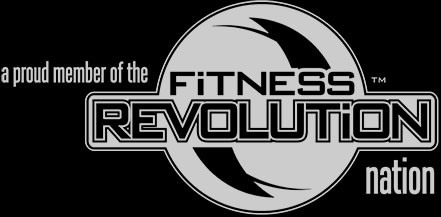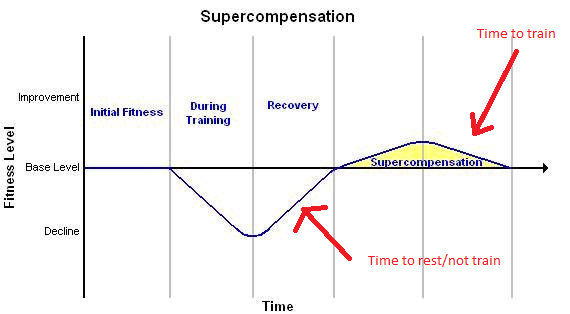You’re physically and mentally tired. Muscles burn and joints ache. Your heart is still racing from the hour that was just spent training. Whether you worked on your strength, power, agility, speed, or just general fitness, you left it all out there. Now that the easy stuff is done, it’s time to get to work.! What? That’s right, what you do in the facility – all the blood, sweat, and tears – is the easy part. The hard part is what you do the other twenty-three hours of the day. How you spend your time between training sessions is what determines how successful your training will be. This is the time for rest and recovery and it begins the second that training ends.
Recovery between training session is the key to your success. This includes a long list of strategies to help you maximize your efforts. It includes nutrition, hydration, massage/myofascial release, and low intensity work.
- Proper nutrition is vital. Athletes and fitness enthusiasts alike need the right amount of calories, fats, protein, and carbohydrates to ensure adequate growth and repair following training. For a quick review of nutrition, I recommend you check out this quick list http://adrenalinesf.com/parents/nutrition-tips-athletes/.
- It would be great to be able to get a massage following a training session but this is hardly feasible for most of us. Instead, try “rolling out.” The pain felt while rolling across a piece of foam is only temporary and it’s well worth the feeling of relief after you are done. Getting stiff and sore muscles to loosen up can make a world of difference on your next training session.
- Low intensity work (like a mobility session) or some light cardiovascular work can also be a useful tool. Elevating the heart rate a little bit and getting some blood flow through sore muscle tissue can help clear some of the nasty by-products of training by the way, lactic acid does not cause muscle soreness). A light jog or bike ride can really help the legs feel fresh and remove that “heavy” feeling. Mobility is something everyone can benefit from utilizing. After most of our strength training days we will do some mobility work with the athletes. For those that are in-season with their sport and dealing with the daily grind of practice, we may even have them do a full training session of just mobility. It’ can be painful and unpleasant at the time but the muscles generally feel relaxed and a little more fresh upon completion.
One of the most important aspects of rest and recovery is activating your parasympathetic nervous system post-exercise. While you are training, your sympathetic nervous system is in full gear. Your sympathetic nervous system is basically your “fight or flight” system. It heightens arousal, pupils dilate, your respiratory rate increases, your heart beats faster and with more force, blood flow increases to your muscles and decreases to other organs, sweat glands become more active, and so on. This is great when you are training but it makes it very difficult to relax and recover. If your sympathetic nervous system is left on for too long, it can start to damage different systems throughout your body. On the other hand, your parasympathetic nervous system is essentially the opposite. It relaxes the body’s different systems. Respiration slows, your heart rate comes back to normal, sweating ceases, blood flow returns to normal. All of this is essential if you are going to recover fully from a training session. There are several different techniques for activating this system and finding the right one for you is an important aspect of your training. There are diaphragmatic breathing techniques (belly breathing) which focuses thought on deep, rhythmic breathing in a relaxed state to help clear the mind. Meditation to help focus the mind and reach a relaxed state works for some. Yoga and stretching has been shown to help some achieve this relaxation. Finding your own way to relax is crucial to your training success. Tony can be seen floating above his house in the lotus position.
The final piece to the puzzle is rest. Getting a proper amount of rest (sleep) is absolutely crucial for achieving optimal results. Sleep is when the good stuff happens. Neurological repair and growth occurs, mental fatigue is alleviated, positive hormonal changes occur (growth hormone actually spikes during sleep!), tissue repair and growth take place, and the list goes on and on. John O’Sullivan and Mark McClusky point out that sleep is the ultimate performance enhancing tool that nobody really takes advantage of (I highly recommend watching their conversation, it‘s insightful and very thought provoking). The amount of sleep needed differs from person to person, but the general consensus is somewhere between 7-9 hours.
Training, whether it be for athletics or general fitness, is not an easy thing. That’s why not everyone does it. Only a select few of you are willing to make the sacrifices necessary to do it. Time spent in the facility is a small piece of the puzzle, what you do with the other twenty-three hours is what makes you successful.
For those who are visual learners, check out this simple graph below. As you train, you drop below your base fitness level. As you rest and recover, you return to your base fitness level and even “overshoot” your original fitness level (“supercompensation”). This overshoot represents your improvement from training.


